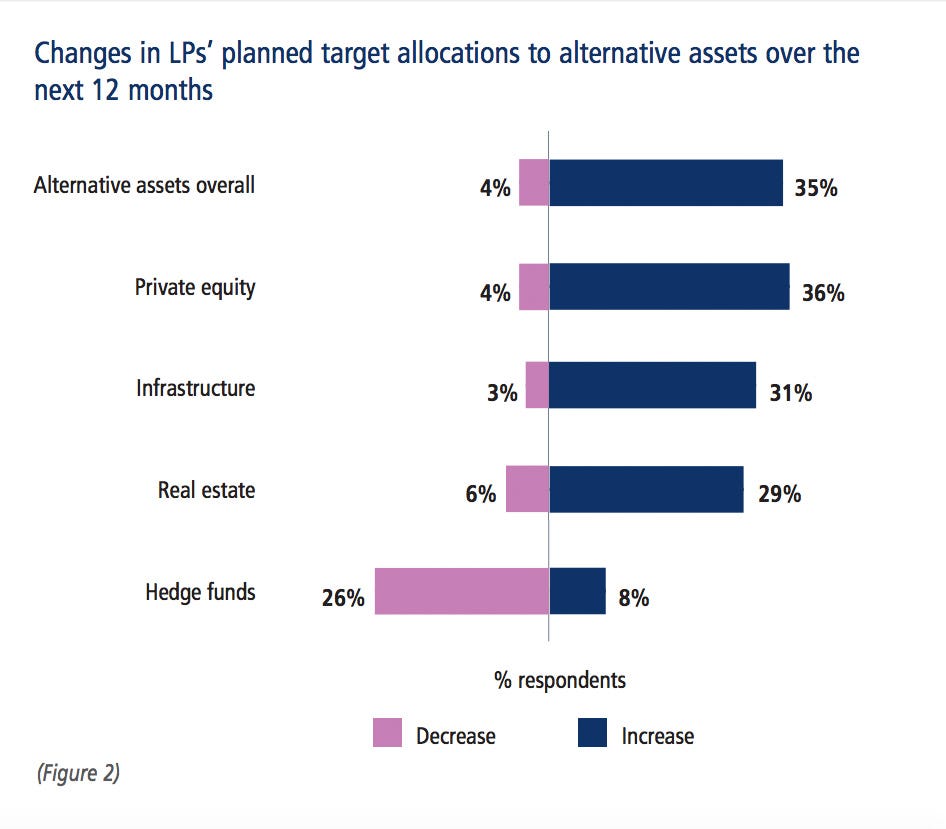Содержание

His key argument was that in the studies where workers dropped their finished goods down chutes, the participants had access to the counters of their work rate. The researchers conducted one more experiment which revealed one another interesting facet of human nature. This third experiment was called the bank wiring observation room experiment. Elton Mayo was a professor of the industrial research department at Harvard University.
The proposal to declare the fourth Saturday of every month as a holiday for government employees has been rejected by chief minister Pinarayi Vijayan…. This Hawthorne study is still one of the major awakenings of behavior modification in the last century for corporations. Any era, any location, any society, any family, any industry; the people behaviour and thus the people dealing will remain fundamental to listening and responding appropriately. All other efforts and tools are to support these two fundamentals. This laid the foundation for what we call employee engagement today.

Generalization of the results of the study beyond those Individuals’ studies isn’t possible since the experiments were conducted on the few workers of a single plant of a large company. At that time there were many other big companies in various sectors in different locations and it can’t be said for sure that similar results would have been obtained there as well. But the outcome was different when the employees perceived ulterior motives behind the observation. For example, if employees feel that increased productivity can prove harmful to their fellow workers or their earnings they will not try to improve their performance and it will lead to decreased productivity. The Hawthorne studies reinforced the initial findings of the original illumination experiments and the researchers found once again that regardless of the conditions the women worked harder and more efficiently. The Hawthorne Effect refers to the fact that people will modify their behavior simply because they are being observed.
In this experiment, a small homogeneous work-group of six girls was constituted. These girls were friendly to each other and were asked to work in a very informal atmosphere under the supervision of a researcher. Productivity and morale increased considerably during the period of the experiment. Productivity went on increasing and stabilized at a high level even when all the improvements were taken away and the pre-test conditions were reintroduced. The Hawthorne effect refers to the change in behavior of participants in an experimental study based on the fact that they are aware that they are being observed. The term is often used in behavioral studies to denote behavioral changes due to attention.
How many Hawthorne studies are there?
Mayo’s thought was that legitimate elements were less significant than passionate variables in deciding usefulness effectiveness. Besides, of the relative multitude of human variables impacting representative conduct, the most remarkable were those exuding from the specialist’s investment in gatherings. Accordingly, Mayo inferred that work courses of action as well as meeting the true necessities of creation must simultaneously fulfill the worker’s emotional prerequisite of social fulfillment at his workplace.
- For the most part, changes to these variables were accompanied by an increase in productivity.
- The social organisation of the company represents a system of values from which the worker derives satisfaction or dissatisfaction according to the perception of his social status and the expected social rewards.
- The mere act of showing people that you’re concerned about them usually spurs them to better job performance.
The term Hawthorne Effect has been discussed and used all over the world in numerous fields. Although several researchers believe that the original findings might be overstated but researchers and managers have latched into the findings to make constructive changes in their environments. According to the Hawthorne Effect, the awareness of being observed by researchers or supervisors increases individual performances. The propensity of individuals to alter their behavior when they are aware that they are being observed. Tests that were conducted at the Western Electric facility in the Chicago suburb of Hawthorne in the late 1920s and early 1930s led to the creation of the word, which was used to describe the results of those experiments.
The ‘Hawthorne Effect’ in the modern workplace
As such, the detailed study of a shop situation was started to find out the behaviour of workers in small groups. The rest period was reduced to five minutes but frequency was increased. The productivity decreased slightly and the girls complained that frequent rest intervals affected the rhythm of the work. Each relay consisted of a number of parts which girls assembled into finished products.

Ayesh Perera recently graduated from Harvard University, where he studied politics, ethics and religion. Another investigation conducted to ascertain whether the Hawthorne effect truly exists, involved the systematic examination of the available evidence on the phenomenon (McCambridge, Witton & Elbourne, 2014). Hence, researchers can utilize certain strategies to decrease the Hawthorne effect in their studies. These factors might play a significant role in any experiment seeking to examine the Hawthorne effect.
Decreasing the Hawthorne Effect
The mere act of showing people that you’re concerned about them usually spurs them to better job performance. Mayo had discovered a fundamental concept that seems obvious today. Workplaces are social environments and within them, people are motivated by much more than economic self-interest. He concluded that all aspects of that industrial environment carried social value.

Thus, it was concluded that illumination did not have any effect on productivity but something else was interfering with the productivity. At that time, it was concluded that human factor was important in determining productivity but which aspect was affecting, it was not sure. Greater familiarity with the environment overtime, however, would decrease the effect of this transition and reveal the raw effects of the variables whose impact the experimenters are observing. The results of the study seemed to indicate that workers were likely to be influenced more by the social force of their peer groups than the incentives of their superiors.
In the last investigation, it was found that result diminished with the diminished brightening level, i.e., moonlight power. Researchers concluded that workers were more influenced by the informal group than the incentives offered by the management. What was the unexpected outcome of the studies that were conducted at Hawthorne? Workers are more receptive to the demands of their peers than they are to the controls of management.
However, there are some alternate explanations for changes in productivity. While some additional studies failed to find strong evidence of the Hawthorne effect, a 2014 systematic review published in the Journal of Clinical Epidemiology found that research participation effects do exist. Landsberger defined the Hawthorne effect as a short-term improvement in performance caused by observing workers. Later studies suggested, however, that these initial conclusions did not reflect what was really happening. However, the Hawthorne study provided the best systematic description and interpretation of this phenomenon.
Hawthorne studies occurred in the 1920s in Illinois and were designed to explore avenues to increase worker productivity. The original purpose of the Hawthorne studies was to examine how different aspects of the work environment, such as lighting, the timing of breaks, and the length of the workday, had on worker productivity. Initiated as an attempt to investigate how characteristics of the work setting affect employee fatigue and performance. (i.e., lighting) Found that productivity increased regardless of whether illumination was raised or lowered.
Another study sought to determine whether the Hawthorne effect actually exists, and if so under what conditions it does, and how large it could be (McCambridge, Witton & Elbourne, 2014). Despite the seeming implications of the Hawthorne effect in a variety of contexts, recent reviews of the initial studies seem to challenge the original conclusions. The intentions of the participant—which may range from striving to support the experimenter’s implicit agenda to attempting to utterly undermine the credibility of the study—would play a vital role herein. Such improvements result not from any advances in learning or growth, but from a heightened interest in the new stimuli.
The researchers placed six operators, five working on assembly and one supplying them with parts, in a test room and observed that productivity in this room increased significantly over time. They also introduced the idea of an independent variable such as workday length, timing of breaks, and pay while the dependent variable was production of relays. They found that the women had developed strong bonds with each other and worked as a team, a fact that increased their cooperation and production. The researchers concluded that positive mental feelings, management, and relationships with coworkers are important for job satisfaction and output. In conclusion, it has become evident that there are various approaches to organizational efficiency. The first significant method was scientific management, where the main focus was on the physical aspect of work, also on the individual worker and not group work.
“The big change has been that we have moved from jobs to skills,” Amaresh…
The hypothesis was that with higher illumination, productivity will increase. In the first series of experiments, a group of workers was chosen and placed in two separate groups. They carried out their experiment on 14 men who assembled telephone switching equipment. The men were placed in a room along with a full-time observer who would record all that transpired. For the most part, changes to these variables were accompanied by an increase in productivity.
She also holds three degrees including communications, business, educational leadership/technology. “The big change has been that we have moved from jobs to skills,” Amaresh… In Assam, India, the Assam Petroleum Mazdoor Union has announced an indefinite strike starting 4 March 2023.
The hawthorne experiment has been conducted by Experiment brought out that the productivity of the employees is not the function of only physical conditions of work and money wages paid to them. Productivity of employees depends heavily upon the satisfaction of the employees in their work situation. Mayo’s idea was that logical factors were far less important than emotional factors in determining productivity efficiency.
The term was coined during https://1investing.in/ that took place at Western Electric’s factory in the Hawthorne suburb of Chicago in the late 1920s and early 1930s. This article has been fact checked by Saul Mcleod, a qualified psychology teacher with over 17 years’ experience of working in further and higher education. He has been published in psychology journals including Clinical Psychology, Social and Personal Relationships, and Social Psychology.
► Features of Hawthorne Experiment
These variables were altered and produced both expected and unexpected results. Further trials embarked as Professor George Elton Mayo brought an academic research team into the factory, which were among the most extensive social science studies ever conducted. These investigations have been heavily criticized for merely serving the interest of management. The Hawthorne investigations did not only have enormous influence on the ‘human factors’ to management but also on the development of industrial psychology and sociology. Some maintain their opinion that the human relations approach is misinterpreted, leading to major failures.
The analysts reasoned that socio-mental factors, for example, the sensation of being significant, acknowledgment, consideration, investment, durable work-bunch, and non-order oversight held the key to higher efficiency. This stage pointed toward knowing the effect of brightening on creation as well as different variables like the length of the functioning day, rest hours, and other states of being. The examinations in Illumination were an immediate augmentation of Elton Mayo’s previous light analyses done in the material business in 1923 and 1924.
